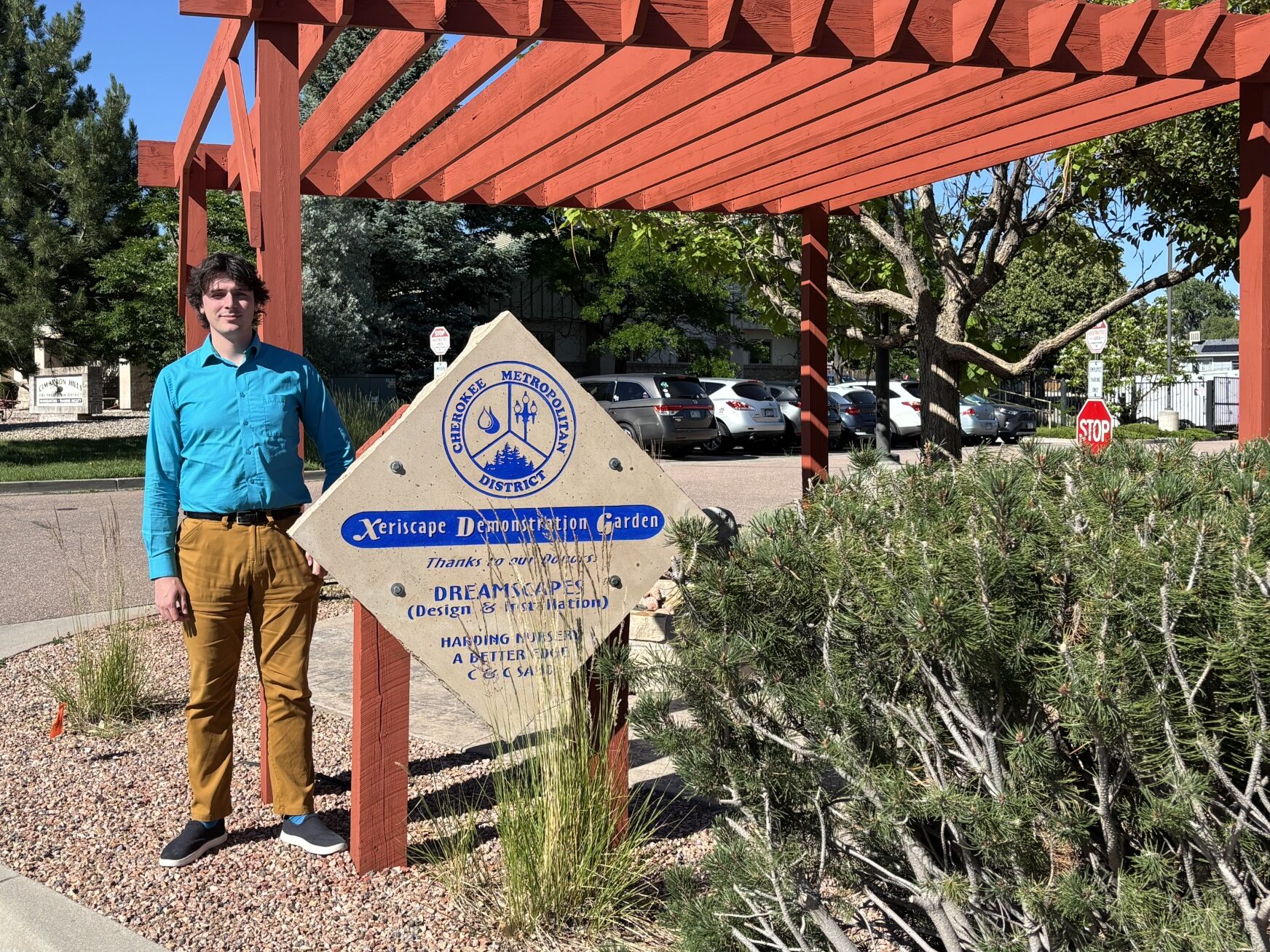
The voters have spoken, and Colorado’s minimum wage will go up over the next four years to $12 an hour. Now, anyone who manages a payroll is starting to wonder how to adjust to a new bottom-line reality.
That includes some Colorado school officials. Unlike businesses that have a mix of options to come up with higher wages, including raising prices, many schools don’t know how they’ll meet the new wage obligation approved on Election Day.
- Minimum Wage Among Ballot Measures That Win Voter Approval
- Majority Of Colorado School Funding Measures Pass
- Trump Win Frays Nerves Of Denver Students And Teachers
“In schools, we don’t get additional revenue,” said Buffalo School District Superintendent Rob Sanders. “As a matter of fact, our revenue is going in the opposite direction. How are we supposed to cover this $12 minimum wage increase when we have shrinking revenues and we’re already deficit spending across this state?”
Some districts already pay higher minimum wages. Denver Public Schools hiked its minimum wage to $12 per hour for 1,700 employees in 2015, affecting about 700 classroom aides, 500 food service workers and 300 custodians. They were able to do that from savings after state legislation that made Denver’s teacher retirement contributions more in line with other districts.
To stay competitive, Jefferson County already pays its bus drivers, custodians and classroom aides more than $12 an hour.
But the Buffalo school district in northeastern Colorado, with just over 50 employees of whom about half make minimum wage, is weathering a $3 million cut in state funding over six years. And those cuts are expected to continue next year. With the minimum wage hikes, Sanders figures “I’m going to have to put out another additional $121,000.”
Sanders will need to dip into his district’s reserves to pay current costs; he’s asking his school board for $350,000 this December without taking into account the minimum wage hike. The district’s budget is $3 million.
Sanders worries what he’s going to have to tell his teachers.
“I will have to take all my extra money and put it into that $12 an hour increase and I won’t be able to put anything into my teachers’ salary,” he said.
He’s also not comfortable that beginning low-wage workers in the district will be getting larger salary increases than his veteran non-teaching staff.
“If we don’t adjust our entire salary schedule, in four years we get to $12 an hour, I’m going to have a person who starts at $12 an hour and somebody who has been here for 20 years making $12.15 an hour,” Sanders said.
Sanders says it’s unconscionable what teachers and classified staff are paid in his district -- his school’s last custodian started at $8.31 an hour, and his wife, a second-grade teacher with 23 years experience, now makes $40,000 a year.
Widefield D3, near Colorado Springs, also finds itself in a bind. D3’s payroll is about $4.5 million a month. The district of 9,300 students has an annual budget of $100 million.
“Eighty-five percent of our district’s dollars go towards payroll, so it’s not like we have a lot of extra budget room to take from elsewhere, if you will, to offset these costs,” said Kirk Vsetecka, the executive director of human resources for Widefield D3.
About half of the district’s 1,200 employees are eligible for the minimum wage hike – that number is high because they are the only district in the state with a parks and recreation system.
Vsetecka said the district will likely combine certain positions through attrition and not fill others to help offset the budget hit. But the district hasn’t figured out yet how it will structure raises for teaching staff.
“You’re not going to tell the rest of your 1,200 employees they’re not going to get a raise for five years,” he said. “That’s not going to go over well, so we’re going to have to figure out how to implement that without really devaluing the rest of our staff.”
Some school leaders say they support increasing the minimum wage, but worry about an unfunded mandate in a budget environment where Colorado districts are already getting $2,500 per student below the national average.
“It’s a good thing in the way that some folks will be able to get paid more and that’s something we’re always looking to do,” he said. “However, there isn’t additional funding to go with that. Where will that money come from?”









